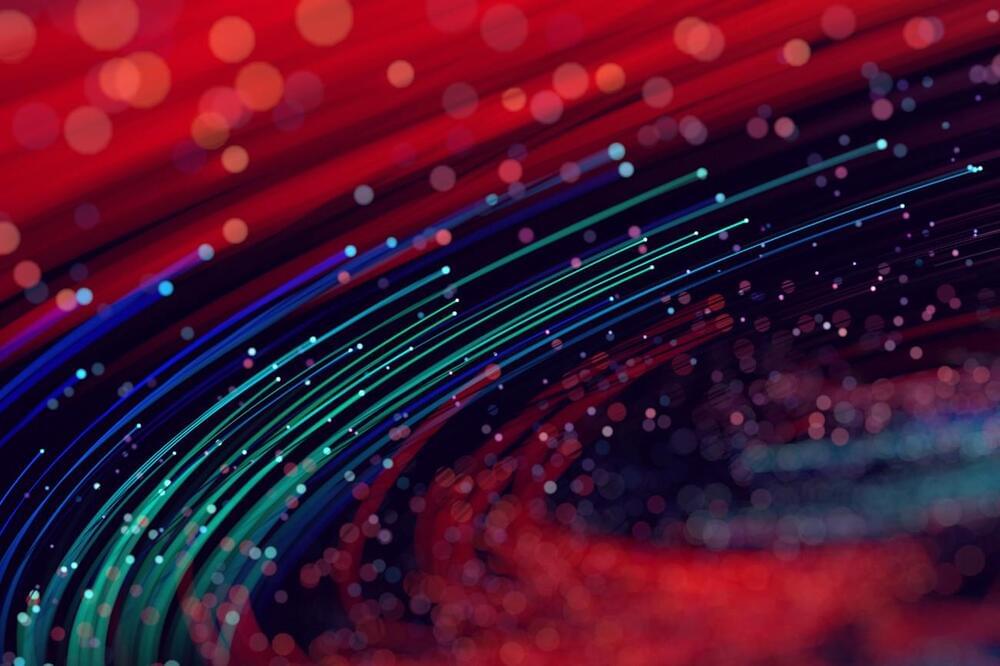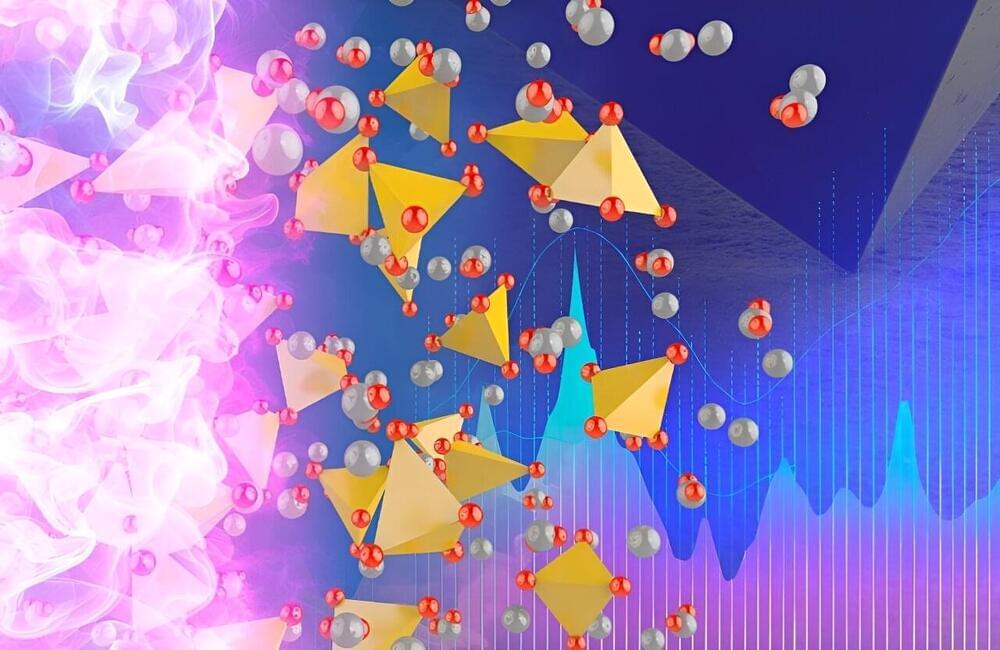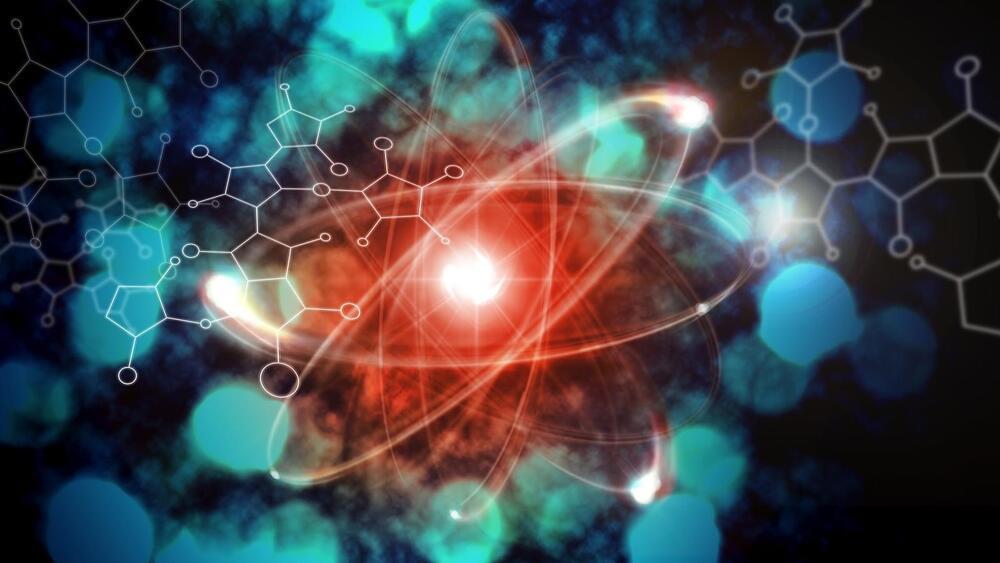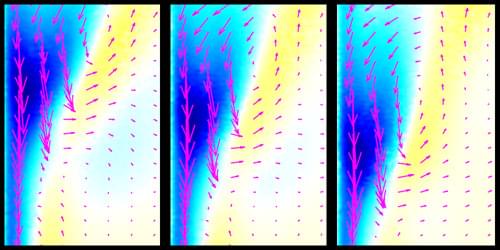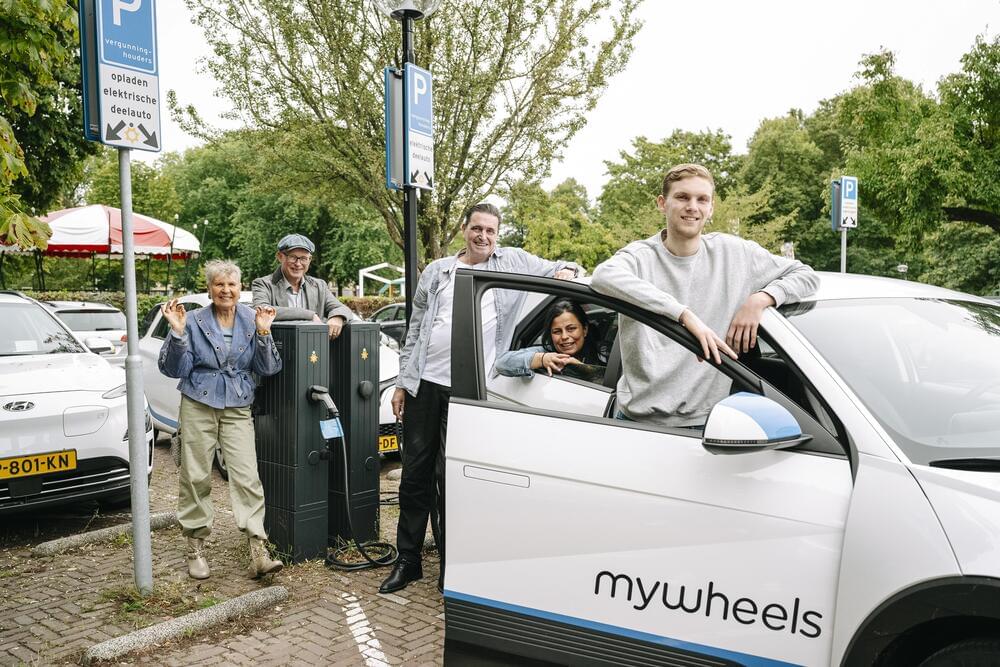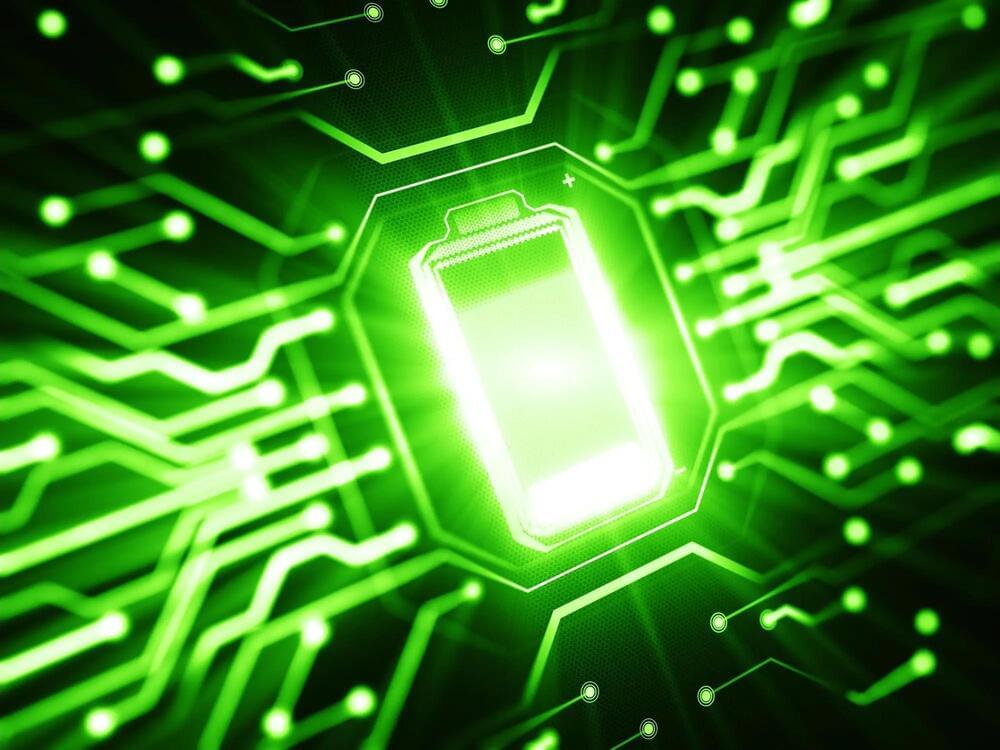Their advantages extend beyond reducing carbon emissions.
Thirteen US states are now implementing underground thermal energy networks to reduce buildings’ carbon emissions as part of a nationwide push to adopt cleaner energy sources.
Thermal energy networks use pipe loops that connect multiple buildings and provide heating and cooling through water-source heat pumps. Geothermal heat is commonly used in these networks, but it is also possible to bring in waste heat from other buildings through the sewer system.

